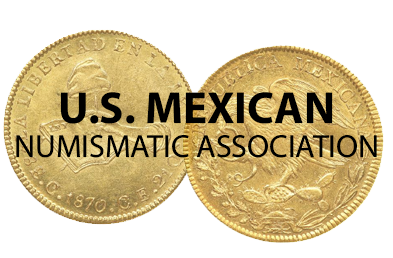The Coinage Reform of 1905
The Monetary Reform of 1905, in one of its articles, prohibited private individuals from introducing precious metals for minting as well as ending the leases and operations of all the provincial mints, leaving only the one in the capital.
This mint had been preparing for the change. “In order to respond to the new circumstances of a currency exchange and the closure of the state establishments, with the consequent increase in the minting work of the House of Mexico City, the Executive appointed, in 1901, as General Director of the Mints and Assay Offices, Engineer Manuel Fernández Leal, to carry out an ambitious programme of expansion and modernisation, both of the building and of the machinery and of the industrial technical processes, starting with a project to replace the motive power generated by steam with the force produced by electrical energy. The following year (1902) [...] a large package of acquisition of new equipment and machinery was prepared, highlighting the purchases of rolling mills, coining presses, rails, fractional coin cutters, beading machines, etc.
In spite of all the efforts made by the management and staff of the mint, when assuming the minting monopoly, it found itself unable to satisfy, with the required urgency, the needs of a domestic market that demanded large quantities of fiat currency, forcing the country's tax authorities to enter into contracts with the San Francisco, Denver, New Orleans and Philadelphia mints in the United States and Birmingham in England"Aristides Rivera .
Throughout 1905 and 1906 the government restricted the circulation of silver and disposed of several million silver coins and bars by selling them (due to the constant decrease in the price of silver and the abandonment of the bimetallist system for the gold standard). The government resolved to mint more fractional currency to return the circulating currency to the people and revive the economy, but for this year only the Mexico City mint was in maximum operations and did not have the capacity to mint so much currency in such a short time. In short, the Mexican Mint could not cope with the demand for the currency on its own, so it resorted to international aid.
Coins produced by foreign mints
Several books state that there are no differences between the currency from Mexican or foreign mint. The minting tools, such as punches and dies, were made in Mexico and sent to the destination mint. However, in some cases, such as the 1908 1c or the 1907 50c, difference such as wide or narrow date could indicate the product of different mints.
| 1c | Fifty million pieces dated 1906 were minted at the Birmingham Mint in the United Kingdom The coins continued to be minted in 1907 with the date of the previous year. |
| 2c | Five million pieces dated 1906 were minted at the Birmingham Mint in the United Kingdom. The coins continued to be minted in 1907 with the date of the previous year. |
| 5c | From 1907 to 1910 all the coins were minted by the English mint of Birmingham, while most, but not all, 1906 and 1911 coins came from there. In 1910 and 1911 the blanks were manufactured by Scovill in Waterbury, Connecticut and Coe Brass in Torrington, Connecticut, each shipping 200,000 blanks annually. In 1911 and 1912 the blanks were made by the Arthur Krupp factory in Berndorf, Austria. |
| 20c | In 1907 the New Orleans mint minted 5,434,619 coins out of the total of 9,434,699. The rest were made in Mexico |
| 50c |
In 1906 the San Francisco Mint manufactured 3,800,000. In 1907 the San Francisco Miny produced 8,642,000 pieces and the Denver Mint 6,199,239 pieces. In 1935 the Denver factory made 17,000,800 pieces, San Francisco 18,000,000 and Philadelphia 25,000,000. |
| $5 gold | In 1906, 4 million pieces were produced by the Philadelphia mint. |
| $10 gold | In 1906, 1 million pieces were produced by the Philadelphia mint. |
| $5 1981 Quetzalcoatl | The Royal Canadian Mint minted the entire 30.5 million pieces. |
